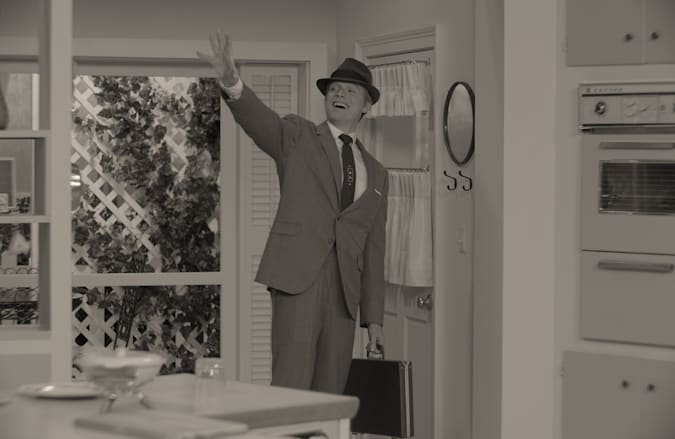Episode six of Disney+ original WandaVision certainly kicked things up a notch. That should silence complaints that the show was moving at a crawl, but one reason it felt slow is that we get so little of it every week — the longest episode, number five, clocked in with a 42-minute runtime. The shortest was the premiere, at a tight 30 minutes. And that’s including the interminable credits sequence at the end of each episode.
Streaming has really changed how productions think about episode length. Traditional broadcast TV programs are designed around the need to insert commercials in them periodically. So an hour-long episode isn’t really the full 60 minutes — older TV dramas might have 52 minutes of content, while 42 seems to be the standard allotment these days. Sitcoms run in half-hour blocks, which equate to 20-22 minutes of actual show.
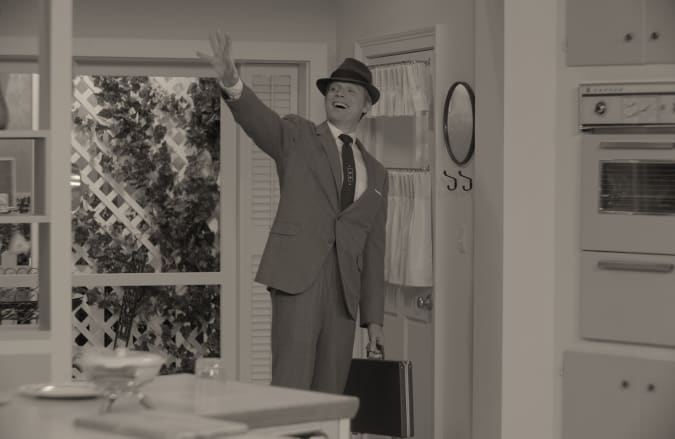
Marvel Studios
Online, there’s no hard rule that dramas have to be an hour and comedies have to be half that. But it’s what viewers have come to expect, so producers stick with the formats — especially when there are so many former broadcast programs streaming alongside all that original content. But that doesn’t mean shows haven’t taken advantage, drawing out their programming for the full hour because they can. Scenes no longer need to be cut, and they can linger on things like establishing shots and character-building.
This use of extra time is more evident in dramas than comedies. The latter still adhere to a 22 minute runtime, in the hopes they might get picked up by a network anyway — One Day at a Time aired on CBS, while BoJack Horseman runs on Comedy Central. (Streaming dramas don’t usually show up on regular TV, partly because it’s easier to fill an empty half hour slot, but mostly because many dramas are decidedly R-rated and not suitable for prime time.)
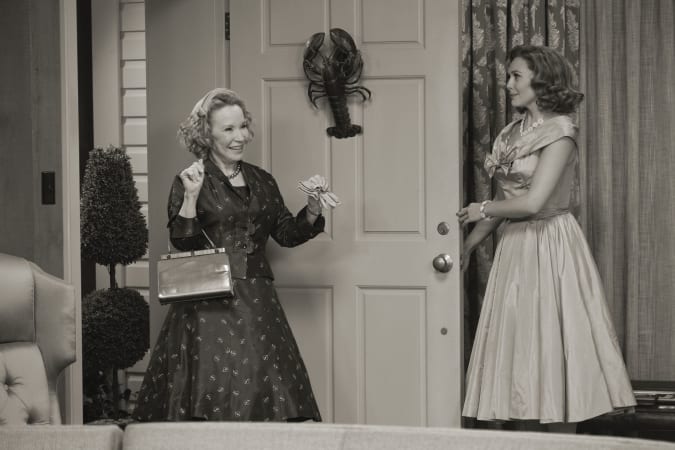
Marvel Studios
So where then does WandaVision fall? It’s a show that mimics and parodies traditional sitcom structure and style, changing every episode to fit the aesthetic of different decades, from The Dick Van Dyke Show in the ‘50s to Malcolm in the Middle in the late ‘90s/early ‘00s. To try and draw that out into a full hour would ruin the sitcom feel, stretching the stories and tropes the show indulges in past their “natural” length. But that’s merely its surface; at its core WandaVision is very much a drama about a grieving woman and a mysterious magical threat. If they really wanted to, the producers could easily pad out episodes with more action and drama, with looks at what’s going on outside the town of Westview with even more backstory and references to the larger Marvel Cinematic Universe.
But they don’t. Instead the show has stayed within its roughly 30-40 minute run time, using its main plot to advance the sitcom story with larger and larger bits of b-plot advancement. It’s very economical; aside from the authentically-styled opening sequences (evoking sitcoms like Family Ties, Growing Pains and Full House) there’s very little that isn’t giving the viewer more info and pushing the plot forward.
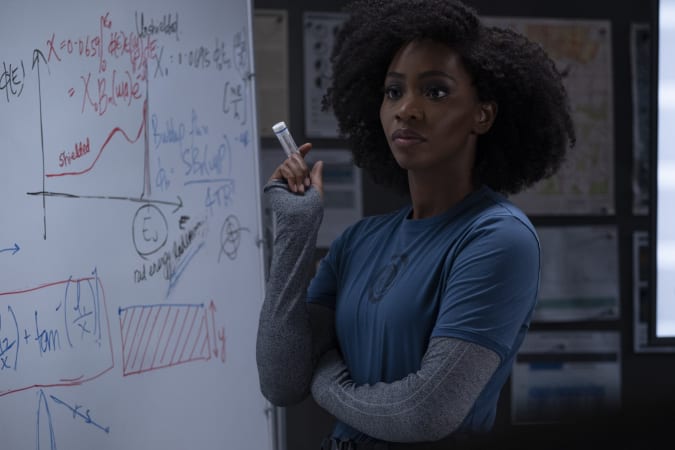
Marvel Studios
The tight runtime is nothing but a boon to WandaVision’s plot. Viewers are forced to focus on the relevant bits of story when they speculate about the show, which cuts down on the number of fan theories that spread. Most of these theories would have been false, and in some cases (we’re looking at you, Game of Thrones and Lost) has led to fan backlash when a show didn’t meet expectations.
The willingness to let things be brief is a lesson learned from the Netflix Marvel shows, which were often criticized for being a few episodes too long. With the exception of The Defenders, every season was 13 episodes. Why that number? Because traditional broadcast shows usually run for 13 episodes (a quarter of a 52-week year) or 26 episodes (half a year). But with Netflix dropping the episodes all at once so people could consume them whenever, the exact number of episodes became irrelevant.
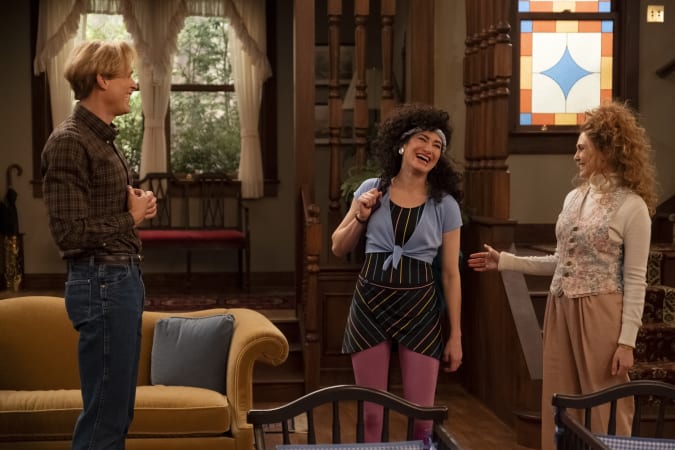
Marvel Studios
People don’t need 13 episodes the way a network needs that number to maintain its schedule. Viewers will watch a show until they get tired of watching TV, and pick it up again when they’re back in the mood. This lesson is most evident in the fact that WandaVision will ultimately have nine episodes in its first season. Yes, Disney+ is releasing these weekly, but even then the number of episodes doesn’t matter. The service will just drop another show, Falcon and Winter Soldier, the week after WandaVision wraps up. There’s no such thing as a “hole” in the schedule to fill, and Disney has plenty of other new content dropping on the service to satisfy viewer needs.
And those needs just aren’t what they used to be, thanks to the advent of social media. The shorter run time makes the show easier to watch sooner rather than later, whether you’re one of those crazy people who stays up until 3am ET, or just want to get it in before work in the morning so you don’t get spoiled on Twitter and Facebook. Binge culture may have turned streaming programs into “consume at your own pace,” but spoiler culture threatens to push them back toward appointment viewing so you don’t have surprises ruined for you. At least WandaVision’s runtime makes those appointments a little easier to fit into a busy schedule.
This article is auto-generated by Algorithm Source: www.engadget.com

